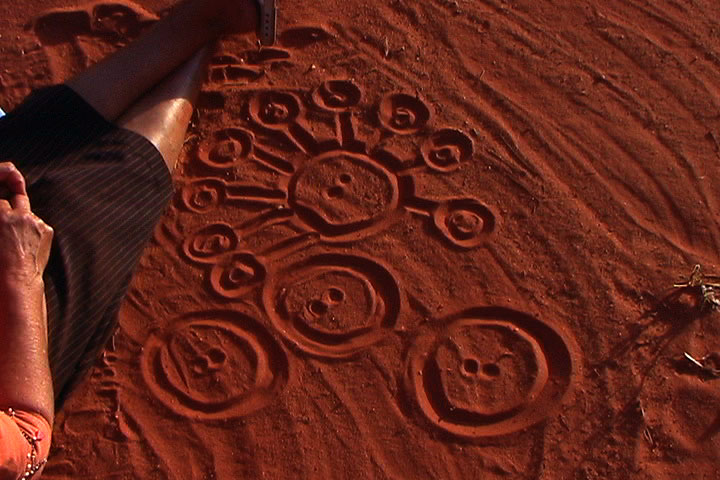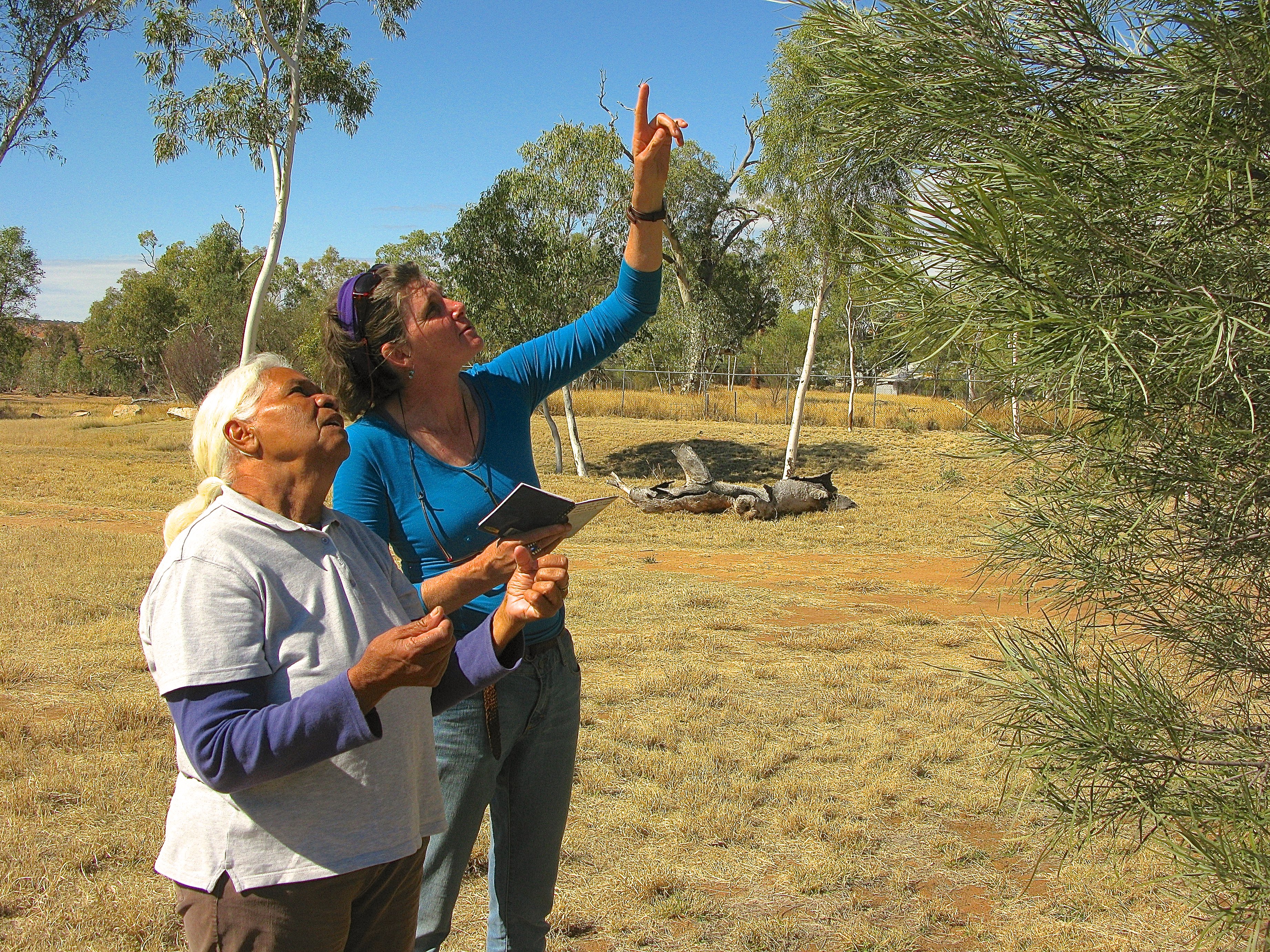By Andrea Wild
The Arrente people are the traditional owners of a vast expanse of land that surrounds Alice Springs, rich with mountain ranges, waterholes and gorges. Their long history with the region has given the Arrente community a deep knowledge and understanding of the landscape and natural environment.
We’ve been working with a senior Arrernte woman, Veronica Perrurle Dobson (AM) and other expert knowledge holders, to gain a better understanding of local indigenous knowledge systems, and how they can be applied to natural resource management.
The study came about because scientists and non Indigenous Australians often regard nature and culture as separate entities. They tend to think of resource management as something that people do from outside the ecosystem, rather than within it.
The Arrente people have a distinctly different worldview. In Arrente eyes, the relationship between people, resource species, land, and spiritual domains are interconnected.
Working with Veronica, two of our scientists Fiona Walsh and Josie Douglas have developed a tool to describe this philosophy called the Anpernirrentye (un-burn-i-rrin-cha) framework.
The framework, compiled from traditional sand drawings by Veronica, reveals three major interrelated domains of the Arrernte people’s world view: Apmere (Country), Tyerrtye (People), and Altyerre (Dreaming, Creation time).
traditional sand drawings by Veronica
Traditional sand drawings by Veronica
Veronica herself describes Anpernirrentye as: “The connections between plants, society, country, and laws and all things. It describes how these are related. These are related through skin and kin names. I want people to see how everything is connected. It is the connections that identify us as who we are.”
The research is informing conventional natural resource management practices, allowing land managers to reassess their approach. Through this research they are able to better draw on the deep knowledge and experiences of Indigenous people.
NAIDOC week celebrates the history, culture and achievements of Aboriginal and Torres Strait Islander peoples. Read more about the Anpernirrentye framework, or watch the video.
At CSIRO we are working alongside Indigenous people and organisations to better collaborate and exchange scientific and indigenous knowledge, improving the health of our country and communities.
Fiona with Veronica
Fiona with Veronica



